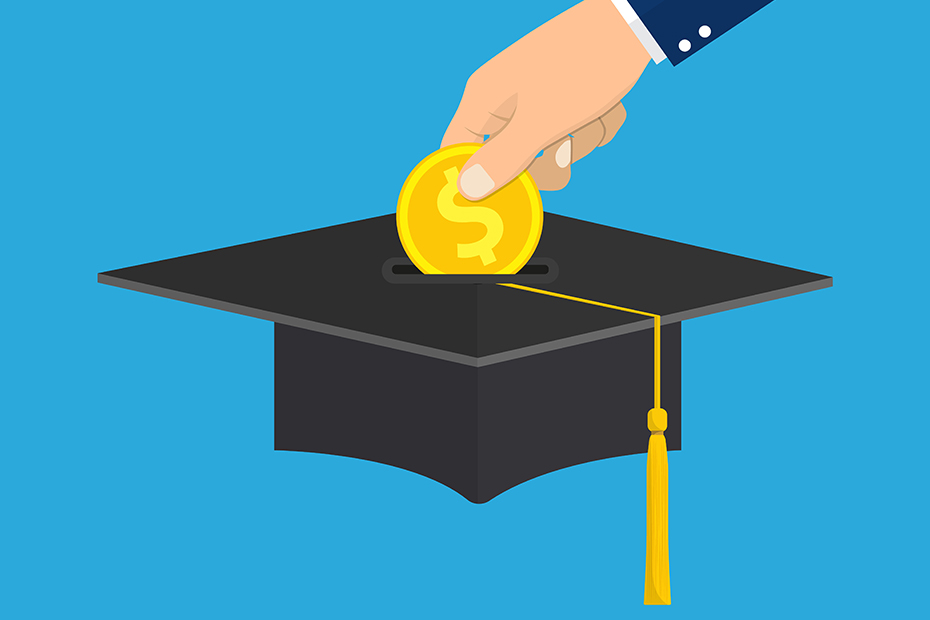Published March 29, 2018 • 3 Min Read
Now that your child is on their way to college or university, it’s time to access the money you’ve saved for years. Instead of arbitrarily withdrawing from your RESP in multiple lump sums, we’ve compiled four tips to help maximize your efficiency.
An RESP or Registered Education Savings Plan is a tax-sheltered plan used to help save for your children’s post-secondary education. That’s because as long as the money stays within the plan, the earnings grow tax-free.
When it comes to withdrawing the money for your child’s post-secondary education, there are general guidelines on how to and when to withdraw in order to benefit financially:
Withdraw EAP First
The money contributed to an RESP can be paid to your child as an Education Assistance Payment (EAP) or a Post-Secondary Education Payment (PSE). EAP comes from grants, bonds, provincial contributions and their respective growth, while PSE payments come from money contributed by parents and relatives after taxes. There is no tax on the PSE, since it represents contributions made by family members from after tax dollars.
When it’s time to begin withdrawing money, start with the EAP. This will be taxed once it’s withdrawn from the RESP since this money was never been taxed to begin with. Whether your child is a full- or part-time student, they should have tuition and education tax credits, and since most students have a low marginal tax rate they’ll pay very little tax. When it’s time, direct the issuer of your plan to withdraw EAP first, then PSE payments.
Know the Limits
There are limits to RESP withdrawals in the first semester of enrolment and there are stricter withdrawal guidelines for EAPs. No more than $5,000 of EAPs can be withdrawn during the first 13 consecutive weeks of full-time studies. That amount is $2,500 for part-time studies. After the first 13 weeks, there’s no limit to the amount of EAPs that can be withdrawn once the student continues to attend school. PSE payments can be withdrawn at any time of the year unlike EAP.
If it looks like there will be money left over in the account after your child graduates, consider taking it out before then.
Leverage the Basic Personal Amount
Depending on your child’s income situation prior to starting school — if they didn’t work through the summer or didn’t have a part-time job — there is the option to withdraw more EAP than they actually need for school to take advantage of their basic personal amount for 2018. This non-refundable tax credit can be claimed by anyone and it reduces the amount of income a person has to pay taxes on. If they made money that summer, balance it out by taking more money from (the non-taxable) PSE payments versus EAP. Take out more EAP during your child’s lower-earning school years.
Roll the Rest into Other Plans
The left over money can go towards other registered plans. It can roll over to a sibling’s RESP if conditions permit, or up to $50,000 can be transferred to an RRSP provided there is contribution room available.
There are many rules around rolling over funds into another plan and a financial planner can best advise you on your specific situation.
This article is intended as general information only and is not to be relied upon as constituting legal, financial or other professional advice. A professional advisor should be consulted regarding your specific situation. Information presented is believed to be factual and up-to-date but we do not guarantee its accuracy and it should not be regarded as a complete analysis of the subjects discussed. All expressions of opinion reflect the judgment of the authors as of the date of publication and are subject to change. No endorsement of any third parties or their advice, opinions, information, products or services is expressly given or implied by Royal Bank of Canada or any of its affiliates.
Share This Article






